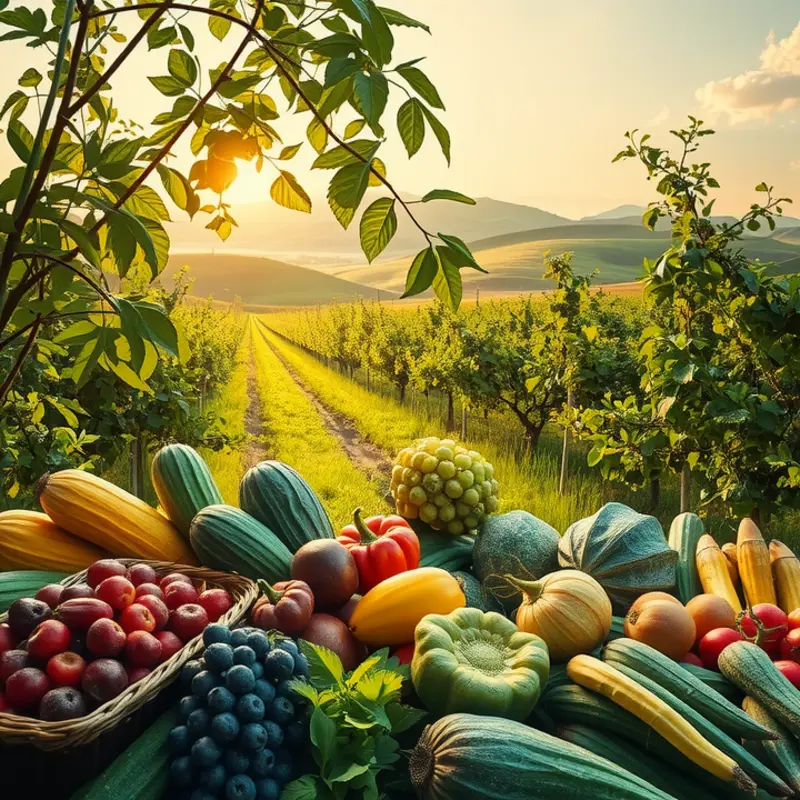Keeping dried goods fresh is essential for maximizing food quality, reducing waste, and managing your pantry efficiently. With the right techniques, you can ensure your items stay flavorful for longer. This guide provides actionable tips on how to store your dried goods safely, enhancing their shelf life and minimizing spoilage. From choosing the right containers to employing best practices, these strategies will elevate your food management game at home.
Choosing Containers Wisely

Selecting the right containers for dried goods is paramount in preserving their freshness and reducing waste. The container you choose can significantly impact both the shelf life and the quality of your pantry staples, ensuring they remain flavorful and nutritious.
Airtight containers are a popular choice for maintaining freshness. They prevent moisture and air from reaching your dried goods, which helps prevent spoilage and staleness. Look for containers with silicone seals, as these provide superior airtight properties. They are particularly beneficial for storing items like flour, grains, and spices, where maintaining texture and flavor is critical.
Glass jars are another excellent option for those looking to store dried goods sustainably. Not only are they aesthetically pleasing, but they are also eco-friendly and do not absorb odors or stains. Glass jars are perfect for storing items such as beans, lentils, and dried fruits. Additionally, they allow you to easily see the contents, making pantry organization more efficient. When selecting glass jars, ensure they have a tight-sealing lid to keep air and pests out.
For those who prefer lightweight and durable options, plastic containers with BPA-free certifications are a practical choice. They are less prone to breakage compared to glass and come in various sizes, making them ideal for large families or bulk storage. Ensure these containers have a robust locking mechanism to maintain their airtight features. They’re versatile enough to store a range of items including pasta, nuts, and seeds.
Vacuum-sealed bags offer another method for extending the shelf life of dried goods. By removing all air, these bags prevent oxidation, which can spoil the flavor and nutritional value of your foods. They are particularly useful for long-term storage and work well for items like coffee beans or herbs. However, they require a vacuum sealer for proper use, which might not be ideal for everyone.
Consider the specific needs of each type of dried good when choosing your container. For example, herbs and spices benefit from containers that are opaque, as exposure to light can degrade their flavors. Similarly, brown sugar needs a container that helps retain moisture to prevent hardening. Therefore, selecting containers with specialized features such as humidity control discs can be very advantageous.
In conclusion, choosing the right container not only helps in sealing freshness but also in promoting a more eco-smart kitchen storage approach. By opting for appropriate storage solutions, the longevity of your dried goods is enhanced, resulting in less food waste and more efficient meal planning. For further insights on creating a sustainable kitchen environment, you might find our article on eco-smart kitchen storage interesting.
Optimal Storage Techniques

When it comes to storing dried goods, maintaining quality hinges on controlling external conditions. Each type of dried food—grains, legumes, nuts, and spices—has distinct needs that influence their longevity.
Temperature Control: The first step toward preserving dried goods is to regulate temperature. Ideally, store dries goods in a cool environment, around 50 to 70 degrees Fahrenheit. This range minimizes the risk of spoilage and insect infestation. Extremely high temperatures can accelerate the loss of flavor and nutrients, while low temperatures could lead to condensation when removed.
Humidity Levels: Humidity is a crucial factor. Dried foods stored in humid environments may absorb moisture, leading to mold growth or insect activity. To prevent this, aim for a humidity level below 60%. You can utilize dehumidifiers or silica packets to maintain optimal conditions. Airtight containers play a significant role in safeguarding against humidity.
Light Exposure: Protect your dried goods from light exposure, especially sunlight. Light can degrade certain products, impacting their color and flavor. Clear containers may be visually appealing but opt for opaque or tinted storage solutions to shield your food.
Oxygen and Air Access: Minimizing air exposure is critical. Oxygen can cause off-flavors and degrade the quality of oils found in nuts and seeds. For longer-term storage, consider vacuum-sealing techniques or using oxygen absorbers to extend shelf life.
Pest Prevention: Pests, including insects and rodents, pose a significant threat to dried goods. Store grains, flours, and legumes in glass or metal containers, which pests cannot penetrate. For additional measures, bay leaves or cloves can naturally deter insects.
Specific Storage Needs for Different Dried Goods:
- Grains: Store in cool, dry places with limited light exposure. Keep grains in airtight containers to ward off pantry moths.
- Legumes: Oxygen-sensitive, it’s essential they remain fully sealed. Use vacuum-sealed bags for enhanced protection.
- Nuts and Seeds: Given their oil content, store nuts and seeds in the refrigerator or freezer if you’re not using them quickly, as this prevents them from turning rancid.
- Spices: Keep them in airtight containers, away from heat, light, and moisture, to retain their potency and flavor.
Understanding these factors can help you maintain the integrity of your dried goods, contributing to reduced waste in your kitchen. For eco-friendly storage ideas, consider exploring options featured in our eco-smart kitchen storage guide. By optimizing your pantry’s storage conditions, you ensure your stock remains fresh and flavorful.
Final words
Storing dried goods effectively is a key strategy in minimizing food waste and ensuring you enjoy the best flavors from your pantry. By selecting the right containers and employing optimal storage techniques, you can extend the life of your dried goods significantly. Remember to regularly check your supplies, maintaining proper environments to keep your food fresh. Implementing these practices not only improves your home food management but helps you prevent unnecessary waste, encouraging a more sustainable lifestyle. Your pantry will thank you for it!







